'Justice on Trial' review: Judge Judy's speeches about legal principles are out of step with the moment
Published in Entertainment News
“Judge Judy” aired in syndication for 25 years before star Judy Sheindlin pulled up stakes and moved to Amazon to do a similar (but lesser) version of the series called “Judy Justice.” That kind of multi-decade success has allowed her to build a mini-TV empire in the latter portion of her career, producing (though not appearing on) shows including “Hot Bench” and “Tribunal Justice.” But she’s back in front of the camera for her latest series, called “Justice on Trial.”
The premise is straightforward: With Sheindlin presiding as judge and attorneys Larry Bakman and Dan Mentzer as the attorneys facing off, a real court case is recreated on a television set, moot court-style, and interspersed with dramatic recreations of the crime itself. It’s a ripped-from-the-headlines sensibility.
“While we’re not going to recreate the trials verbatim, all the courts’ ultimate decisions are accurate,” Sheindlin says at the top of each episode. “It will be up to you to decide whether the case was fair and the outcome just.” The show’s tagline: “Real cases. Actual lawyers. Surprising verdicts.”
To assess the series, it’s worth thinking about why the original “Judge Judy” remained popular for so long. The schadenfreude of watching her tear into someone who was refusing to take responsibility was a big factor. But I always liked that the show featured a cross section of Americans whose lives are rarely given much attention on TV. Grievances and interpersonal clashes of the poor and working class were taken just as seriously as anyone else’s. All were equal before the withering gaze of Judge Judy.
The show was shamelessly tacky, which was perhaps some of the appeal as well, which has only gotten more pronounced with her subsequent efforts. Perhaps “Justice on Trial” is an effort to combat some of that, because instead of exploiting yet another interpersonal conflict for ratings, the intention here seems focused on helping laypeople understand why, as Sheindlin says in every intro, “justice doesn’t always end up feeling just.”
She’s trying to explain how the law works. Sure. Fine. Great. But the context in which the show is premiering makes this a surreal project, where legal rights and principles we were once told were sacrosanct are being eroded. It’s hard to take anything Sheindlin says seriously, considering the real-world backdrop we’re currently living through.
A disclaimer runs at the beginning of each episode: “Although some details have been altered, the outcomes are very real.” What details have been altered, and why? No information is forthcoming. Some of the cases are more interesting than others. The most fascinating, from the late 1980s, involves an abusive father who is also a diplomat from Zimbabwe who claims he can’t be prosecuted because he has diplomatic immunity. Sheindlin actually ruled on the case before it was appealed to a higher court.
The man is accused of beating his 9-year-old son and the details are gruesome; the boy says he was tied up by the arms and whipped, sometimes with a belt or electrical cord. His mother and sister were allegedly forced to watch. When he collapsed at school, child protective services removed him from the home. The father is seeking his son’s return.
According to international law, Shiendlin says, “high-level diplomats are not subject to the laws of the foreign country where they serve. So they cannot be prosecuted for the crimes they commit. But what about the rights of a child from Zimbabwe living in America and being abused by his father?” The reasons why diplomats have immunity are explained and they make sense, but Sheindlin’s researchers either could not or didn’t bother to follow up and see if they could find out what fate ultimately befell the boy in the years since the case was decided.
Another case involves a traffic stop that led to the discovery of a dead body. The issue at hand concerns evidence that is considered “fruit of the poisoned tree” (a conflict beloved by “Law & Order” writers for decades). Another case centers on a lawsuit that argues hate speech is not protected under free speech. These are all good debates. In theory. But ultimately, this feels like such a hacky exercise. In one dramatic recreation, someone drinking wine gets so upset, their hand contracts into a fist, crushing the glass they’re holding. I’ve never seen this happen in real life, but more to the point, it’s silly.
The courtroom set and lighting are similar enough to that of the other shows Sheindlin produces that it’s likely they’re just being repurposed for this series. The judges from “Hot Bench” are the appellate court. The overall vibe is: Sure, we’re doing this on a budget in an artificial setting — with extras in the gallery as audience — but viewers are meant to take this seriously. The aesthetics, however, are that of a grimier show.
———
'JUSTICE ON TRIAL'
2 stars (out of 4)
Rating: 16+
How to watch: Prime Video
———
©2025 Chicago Tribune. Visit chicagotribune.com. Distributed by Tribune Content Agency, LLC.
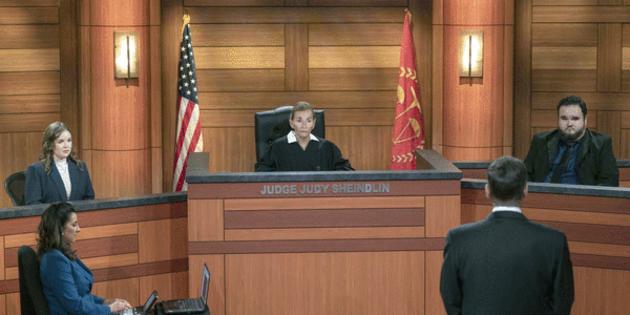
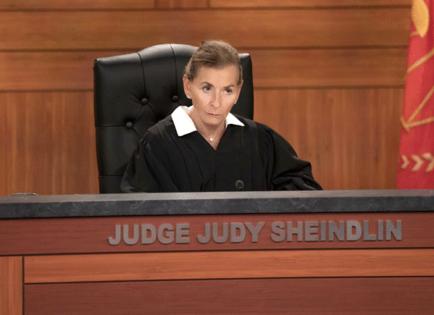





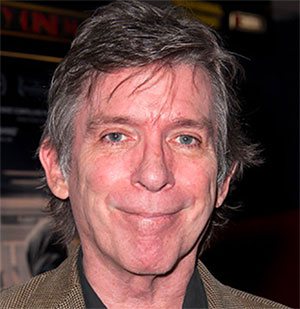



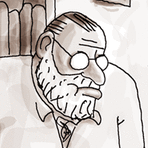
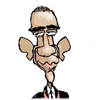

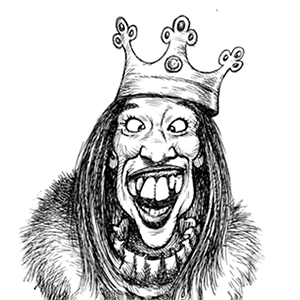

Comments